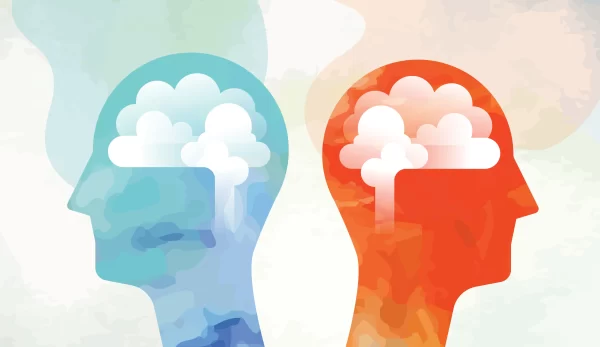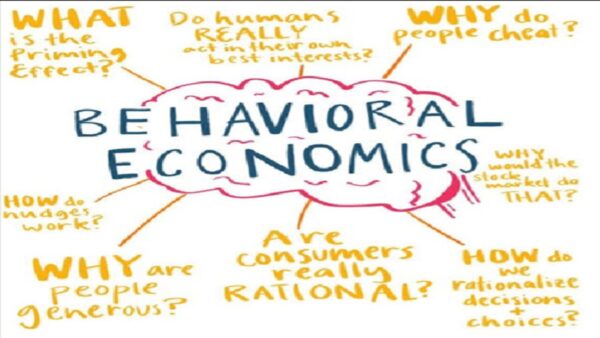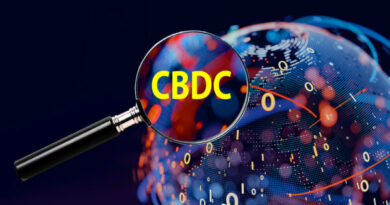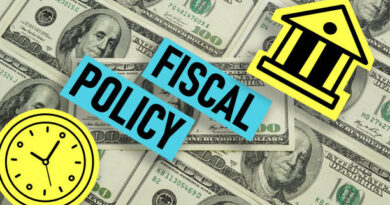Decoding Behavioral Economics: The Human Element in Economic Choices
Traditional economics has long held that individuals act rationally, driven by logic and self-interest. However, human behavior often defies these assumptions. Emotions, biases, and seemingly irrational tendencies play a significant role in shaping economic decisions. This is where behavioral economics comes into play—a discipline that blends psychology with economics to reveal how people really make choices in the marketplace.
The Origins of Behavioral Economics:
Behavioral economics emerged as a challenge to the classical economic notion of rational actors. Pioneers like Daniel Kahneman and Richard Thaler questioned the idea that humans are purely logical in their decision-making. Their research highlighted the profound impact of psychological factors on economic behavior, giving rise to a more comprehensive understanding of human interactions within economic systems.
The Role of Cognitive Biases in Decision-Making:
At the core of behavioral economics are cognitive biases—predictable patterns of deviation from rationality. These biases can shape consumer behavior, investment choices, and even government policies in unexpected ways.
- Anchoring Effect: Picture yourself shopping for a car. The first model you see is priced at $30,000. From that moment on, your perception of all other prices will be influenced by this initial figure. This is the anchoring effect in action, where the first piece of information encountered sets the tone for future decisions.
- Loss Aversion: The sting of losing often outweighs the satisfaction of an equal gain, making people more sensitive to setbacks than successes. This explains why investors might hold onto a losing stock longer than they should— the fear of taking a loss is stronger than the desire for potential gains elsewhere.
- Overconfidence Bias: Many people overestimate their knowledge or expertise, especially in financial matters. This overconfidence can lead to poor investment decisions or overly risky strategies, as individuals believe they can outperform the market.
Nudge Theory: Subtle Influences, Significant Outcomes
One of the most intriguing applications of behavioral economics is nudge theory. Developed by Richard Thaler and Cass Sunstein, this theory posits that small, seemingly insignificant changes in how choices are presented can lead to substantial behavioral shifts.
For example, in a workplace cafeteria, placing healthier food options at eye level while relegating less healthy choices to lower shelves can subtly guide employees to make better dietary choices. Similarly, automatically enrolling employees in retirement savings plans can increase participation rates, as it capitalizes on inertia to foster long-term financial planning.

Behavioral Economics in Practice: Real-World Applications
Governments and businesses alike are increasingly leveraging behavioral economics to design policies and products that resonate with actual human behavior.
- Government Policy: The UK’s Behavioral Insights Team, known as the “Nudge Unit,” has applied behavioral principles to areas such as tax collection, organ donation, and energy efficiency. By incorporating human psychology into policy design, they’ve achieved more effective and cost-efficient outcomes.
- Consumer Behavior and Marketing: Companies use behavioral economics to influence consumer behavior through pricing strategies, product placement, and advertising. Techniques like limited-time offers, rewards programs, and free trials are all designed to tap into cognitive biases, encouraging consumers to spend more.
The Evolving Influence of Behavioral Economics:
As we continue to explore the complexities of human behavior, behavioral economics will play an increasingly vital role. In a world where economic decisions are more nuanced than ever, this field offers insights into designing better systems, policies, and products that align with real human tendencies.
However, there are ethical considerations when applying behavioral economics. While nudges can lead to positive outcomes, they can also verge on manipulation. The challenge moving forward is to use behavioral insights responsibly, ensuring that they respect individual autonomy and contribute to the collective good.
Final Thoughts:
Behavioral economics has reshaped our understanding of decision-making, revealing the intricate psychological forces that drive economic choices. By embracing these insights, we can foster a more accurate and humane approach to economics—one that not only better predicts behavior but also empowers individuals and societies to make wiser choices. As the field continues to evolve, its potential to innovate and improve our economic systems is boundless.
FAQs:
1. What does behavioral economics study?
Behavioral economics delves into how psychological influences and emotional biases shape our economic choices, challenging the traditional assumption that people always make rational decisions.
2. In what ways does loss aversion impact investment strategies?
Loss aversion causes individuals to experience the discomfort of losses more intensely than the pleasure of gains, often leading them to cling to losing investments rather than cutting their losses.
3. What is nudge theory, and how is it implemented?
Nudge theory, introduced by Richard Thaler and Cass Sunstein, involves subtly guiding people towards better decisions by altering how choices are presented, without restricting their freedom to choose.
4. How do cognitive biases affect consumer behavior?
For example, the anchoring effect can make a product seem more expensive if it’s compared to a higher-priced item first. Overconfidence can lead people to underestimate risks or overestimate their ability to succeed in investments.
5. How can businesses leverage behavioral economics for marketing?
Businesses can apply behavioral insights to enhance marketing strategies by positioning popular items at eye level or creating urgency through limited-time offers to drive consumer action.
6. What ethical issues arise in the use of behavioral economics?
Ethical concerns include ensuring that behavioral insights are applied in ways that respect individual autonomy and avoiding practices that manipulate or exploit psychological tendencies for commercial gain.
7. How does behavioral economics influence public policy?
Behavioral economics informs policy design by aligning interventions with actual human behavior, such as using automatic opt-ins for retirement savings to boost participation or defaulting individuals into healthier choices.
8. What future directions might behavioral economics take?
Future advancements could involve exploring the impact of technology on decision-making, developing more complex behavioral models, and expanding applications across diverse areas like healthcare, finance, and education.
9. How can I apply behavioral economics principles to manage my finances better?
You can use behavioral economics to improve personal finance by acknowledging your own biases, setting up automatic savings plans, and using mental accounting techniques to better track and manage expenses.
10. Where can I expand my knowledge on behavioral economics?
To learn more, consider reading books by experts like Daniel Kahneman and Richard Thaler, participating in relevant workshops or webinars, and following research articles and blogs from leading behavioral economics institutions.




